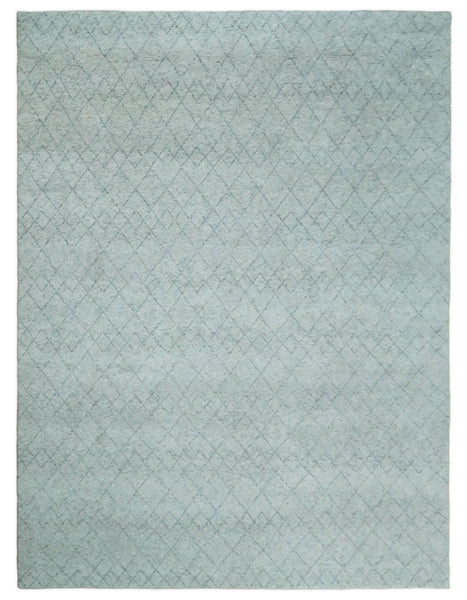Rugs and carpets have been an integral part of home decor for years. From ancient civilizations to modern times, these woven beauties have always found a place in our homes. They come in different styles, colors, sizes, and patterns, making them perfect for all kinds of settings, from traditional to modern.

But have you ever wondered what goes into making these gorgeous carpets and rugs? It's not just about weaving the fibers together; it's about the preparation process that makes all the difference in the end product. One such critical phase is carding.
What is Carding?
Carding is a mechanical process that prepares wool fibers for spinning or weaving. It involves separating the fibers from their clumps, aligning them, and removing any debris or impurities. The process results in wool that is more uniform in texture and length, making it easier to spin or weave.
History of Carding
The art of carding dates back to the medieval era, where it was originally done by hand. Later on, carding mills came into existence, making the process faster and more efficient. With the introduction of carding machines in the 18th century, the process became automated, making it even more accessible and cost-effective.
Carding Wool Process
The carding process starts with the wool being washed to remove dirt and excess grease. Once the wool is free of impurities, it is fed into the carding machine, where it undergoes several cycles of carding. The fibers are passed through two sets of rollers covered with metal teeth that comb the wool fibers as they pass through. This process separates the fibers and removes any debris or impurities.
The final product of carding is clean, fluffy wool ready for spinning or weaving. Wool that has been carded is more aligned and uniform, making it easier to work with. This is why carding plays a significant role in the quality and texture of a rug or carpet.
Small Wool Carding Machine
In the past, carding machines were massive and expensive, making it difficult for small-scale producers to access them. However, with advancements in technology, smaller carding machines have been developed that are more affordable and accessible.
A small wool carding machine is perfect for those who want to card wool at home, either as a hobby or a small business. They are compact and easy to use, making them an ideal choice for beginners. These machines usually come with a motorized drum that rotates quiets and processes the wool. They also come with different tooth densities, allowing for different types of wool to be carded.
Final Thoughts
The art of carding wool is a vital step in rug and carpet making. It's a process that can make or break the quality of the end product. By using state-of-the-art machinery like a small wool carding machine, it's now possible for anyone to participate in this centuries-old art form.
Keywords: Carding, Wool, Rugs, Carpets, Small Wool Carding Machine, Rug Weaving.